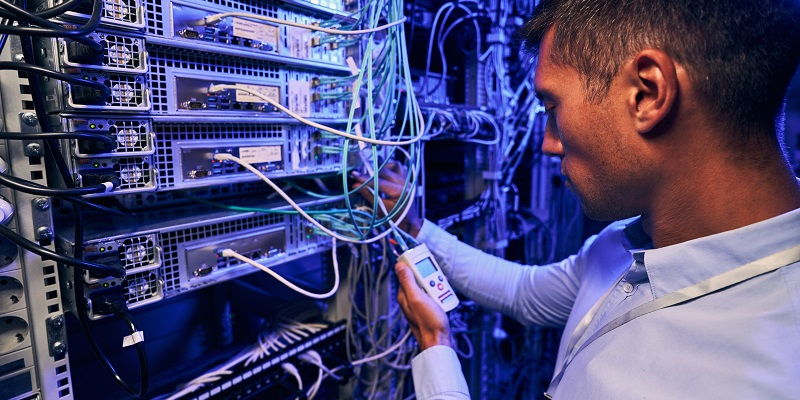In today’s digital age, optimizing network performance and providing an excellent end-user experience is paramount for businesses and organizations. This article delves into the concept of enhancing network performance by hosting applications and data as close to end users as possible. Two primary options for achieving this are content delivery networks (CDNs) and data centers. By understanding their functionalities, differences, and factors influencing their choice, organizations can make informed decisions to improve their network performance.
The concept of optimizing network performance and end user experience
To ensure a seamless digital experience, it is crucial to deliver content efficiently and quickly to users. Network performance can significantly impact user satisfaction, engagement, and ultimately, business success. By optimizing network performance, businesses can enhance website loading speeds, reduce latency, and maximize user experience.
Understanding Content Delivery Networks (CDNs)
Content delivery networks are a collection of servers strategically distributed across various locations. These servers store cached copies of content, including web pages, images, videos, and other digital assets. When a user requests content, the CDN routes the request to the server closest to the user, reducing latency and improving content delivery speed.
The Role of CDNs in Improving Content Delivery Speed
CDNs excel at improving content delivery speed by employing various techniques such as caching, load balancing, and edge computing. When content is cached in multiple server locations globally, CDNs can efficiently serve users by delivering content from the nearest server, minimizing network congestion, and reducing the distance data needs to travel.
The Functionality of Data Centers in Enhancing Network Performance
While CDNs specialize in caching and delivering content, data centers play a broader role in hosting applications and data. Data centers are large-scale facilities equipped with robust infrastructure, including servers, storage systems, and networking equipment. By strategically locating data centers close to end users or in concentrated regions, organizations can achieve network performance boosts.
Comparing CDNs and data centers in terms of content hosting capabilities
One essential distinction between CDNs and data centers lies in their content hosting capabilities. CDNs store cached content, while data centers can host complete applications and complex workloads. While CDNs excel at serving static content efficiently, data centers provide flexibility for dynamic, real-time content generation and processing.
Factors Influencing the Choice Between CDNs and Data Centers for Network Performance Improvement
When determining whether to utilize a CDN or a data center to enhance network performance, several factors come into play. Cost, user location, and workload requirements are critical considerations. CDNs are generally more cost-effective for distributing content to multiple users, but exceptions exist. For geographically dispersed end users, CDNs shine, but if users concentrate in specific regions, data centers near those locations may offer better benefits.
Cost considerations for distributing content using CDNs or data centers
Implementing CDNs can be more cost-effective for content distribution due to their distributed nature and ability to leverage existing infrastructure. However, organizations need to analyze their specific needs, such as bandwidth requirements and user traffic, to determine the most cost-efficient solution for their content delivery strategy.
Geographic Dispersion and Its Impact on the Choice Between CDNs and Data Centers
The geographic dispersion of end users plays a crucial role in selecting between CDNs and data centers. If end users are dispersed globally, a CDN is more likely to provide optimal performance due to its distribution of servers worldwide. Conversely, if users are concentrated in specific regions, deploying data centers closer to those sites can ensure faster content delivery and a superior end user experience.
Evaluating the Suitability of CDNs and Data Centers for Different Workload Requirements
The nature of the workload also influences the choice between CDNs and data centers. CDNs excel at improving the performance of workloads dependent on static content. However, for workloads that generate customized content in real time, data centers offer better capabilities and control over infrastructure. Organizations should consider workload requirements and management complexities when making decisions.
Ultimately, the choice between CDNs and data centers for maximizing network performance depends on various factors. CDNs offer cost-effective content delivery to a globally dispersed audience, while data centers provide better control, flexibility, and management options for specific workloads. Organizations should assess their needs, infrastructure control requirements, and unique management considerations to make an informed decision that aligns with their network performance goals.
In conclusion, optimizing network performance and end user experience is a crucial aspect of any organization’s digital strategy. By understanding CDNs and data centers, comparing their functionalities, and considering various factors, organizations can choose the most suitable solution to enhance their network performance, meet user expectations, and drive business success.

